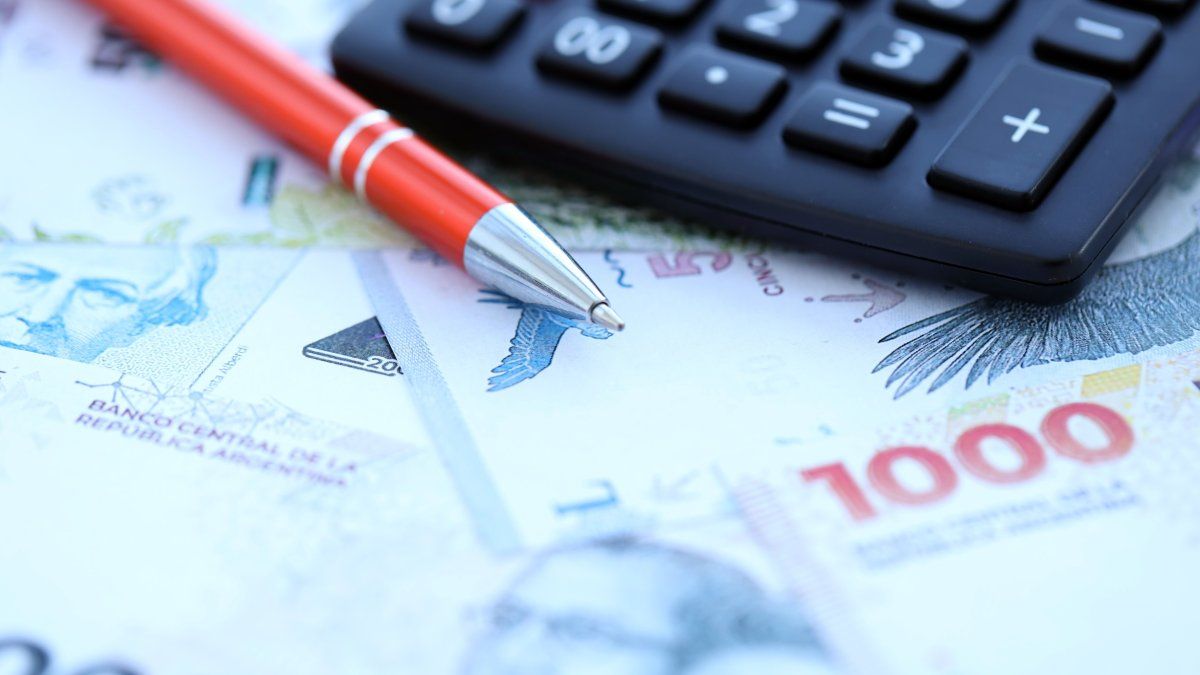Goldman Sachs reported a 48% drop in quarterly profit on Monday after setting aside more funds in case of bad loans, but shares rose as they beat analysts’ estimates.
The US investment bank is the latest financial heavyweight to see its second-quarter results decline as the weakening macroeconomic environment leads them to set aside funds in the event of a default.
Results from its sectors were mixed but Goldman posted a big gain in trading-related revenue amid market volatility.
Profit was $2.8 billion in the second quarter, following an 8% drop in revenue, to $11.9 billion.
The bank’s shares rose 3.8% to $305.05 in pre-open trading.
Goldman kept $667 million in provisions, a change from the prior year period, when profits were boosted by the $92 million reserve release.
Goldman’s chief executive, David Solomonreferred to economic “increased volatility and uncertainty” in a press release, praising the bank’s performance “in these challenging markets.”
Other bank executives last week cited similar concerns about rising inflation, the war in Ukraine and other factors, but said the US economy appeared to be still on solid footing for now.
Bank of America Corp (BofA) It posted a nearly 34% drop in its second-quarter profit, hurt by a slump in investment banking revenue as activity was a fraction of last year’s record levels.
The investment bankers of wall streetwhich last year were overwhelmed by the amount of business, have seen activity fall in the first half of 2022 due to a context of volatility in capital markets, geopolitical tension and risk aversion in global markets.
Profit attributable to common stockholders fell to $5.93 billion, or 73 cents per share, in the quarter ended June 30, from $8.96 billion, or $1.03 per share, a year earlier.
With IPOs frozen and companies curbing operations, Bank of America’s investment banking fees fell 47% to $1.1 billion in the quarter.
Revenue for the quarter, net of interest expense, increased 6% to $22.7 billion.
The US Federal Reserve has raised interest rates rapidly, in line with its commitment to rein in the highest inflation in decades. While downside risks remain, the move has so far failed to translate into higher profits for banks, which typically thrive in an environment of high interest rates.
Bank of America’s net interest income, a metric that measures the difference between interest earned on loans and the amount paid on deposits, rose 22%, or $2.2 billion, to $12.4 billion.
Due to the composition of its balance sheet, BofA is the most sensitive among the large US banks to changes in interest rates.
“Our US consumer customers continued to hold up, with deposit balances and spending levels remaining strong,” said Chief Executive Brian Moynihan.
The bank’s combined credit and debit card spending rose 11% to $220.5 billion from the immediately preceding quarter. The figure also increased by 10% year-on-year.
Bank of America shares, which have fallen nearly 28% so far this year, were flat in premarket trading.
Source: Ambito
David William is a talented author who has made a name for himself in the world of writing. He is a professional author who writes on a wide range of topics, from general interest to opinion news. David is currently working as a writer at 24 hours worlds where he brings his unique perspective and in-depth research to his articles, making them both informative and engaging.




